Concrete Vision
Munich’s Olympisches Dorf district is a housing estate like no other
Urban idyll? (all photos © Malte Dibbern for DFT)
The path of most large-scale urban housing projects’ is utterly predestined; the road from Utopia to Dystopia being not only astoundingly straight from a retrospective perspective, but densely paved with the best of intentions.
The foundations of the likes of Vele di Scampia, Ponte City or Thamesmead are made of almost chemically pure idealism. This particular material proved unable to to make up for impractical infrastructure and undesirable ambience, however - a painful lesson for their creators and inhabitants alike. A lesson that ought to be kept in mind today, as urban planning is in the process of starting a new chapter, whose contents are somewhat insufficiently described as ‘fewer cars, better living’.
Unlike the fashion industry, architecture and urban planning are unable to artificially create desirability - certainly in the longer term. If a living environment is deemed unpleasant, all the celebrity endorsements or marketing campaigns in the world would be unable to convince its inhabitants otherwise. Similarly, the hundreds of failed housing projects across the globe over the past half-a-century couldn’t fall back on those noble ideals that formed the core of a great many (mis)conceptions; altruistic intentions being no substitute for a grasp of basic and not-so-basic human needs and, indeed, desires.
Having said all that, there are some exceptions to this rule of failed benevolent megalomania. One of these can be found in Munich, and is about to celebrate its fiftieth anniversary in a year’s time. Regrettably, it wasn’t located anywhere near this year’s IAA Mobility sites - which is a shame, given this is one of those few cases of a rigorously planned, large-scale urban housing scheme that has passed the test of time. Moreover, it already features the kind of strict division between dwelling and car infrastructure that has become one of the core aims of today’s urban planning. This success therefore ought to be studied and viewed not as some nostalgic oddity, but an ongoing, elaborate, long-term experiment.
Olympisches Dorf in Munich’s Milbertshofen district was, as the name would suggest, built for the ’72 Summer Olympics. It is therefore best remembered - or rather: infamous - for the siege and murders that took place at Connollystraße 31. It also served as filming location for Rollerball, a ‘70s dystopic sci-fi picture, set in an unspecified future, when governments have been supplanted with corporations (one of which uses BMW’s Vierzylinder high-rise as its headquarters). This veil of historical and pop cultural significance ought to be lifted, in order to try and understand Olympisches Dorf, however. This stretch of Munich being a housing project first and a monument second.
At first glance, the seemingly monotonous aesthetics and giant scale of Olympisches Dorf would indeed seem like an ideal canvas onto which an impression of social decline could be painted all too easily. But such an impression would be quickly dismissed, once one walks across the vast complex. Despite being the estate’s least attractive aspect, the shopping arcade is far from barren and derelict, with pound shops or gambling arcades conspicuous by their absence. Even on a dull Sunday, the local bakery and café clearly see plenty of demand for their goods and services. The flair is hardly comparable to Galleria Vittorio Emanuelle II’s, but neither does Olympisches Dorf’s shopping arcade act as a breeding ground for misery and deprivation.
It is quite striking to realise that Olympisches Dorf’s architectural style really is as unremarkable as its concept remains impressive. With the exception of Otl Aicher’s signage and Hans Hollein’s Media-Linien system (a combination of signposts and lighting) - both remnants of the Olympic Games -, Olympisches Dorf’s aesthetics are hardly extraordinary. Almost as if the architects saw neither reason nor need for a set of groundbreaking forms to convey the estate’s groundbreaking concept. Accordingly, it hardly does the buildings injustice to describe their style as solid ‘70s Western brutalism, without much in the way of attention-grabbing flourishes. A Continental Barbican it certainly is not, from an aesthetic point-of-view.
Intriguingly, the architects overall in charge of Olympisches Dorf, Heinle, Wischer und Partner, were hardly acclaimed visionaries at the time planning for the ’72 Olympics had commenced. In addition, their office had been hired without a proper competition process beforehand, causing considerable (and understandable) outrage at the time. Bearing this in mind, the quality of Olympisches Dorf’s design concept might be seen as accidental - if accidents didn’t tend to be far less thoroughly thought-out than what was built on those 300 hectares in northern Munich.
It hardly comes as a groundbreaking realisation that one of the core reasons for Olympisches Dorf’s proven high quality of life are its copious green areas. What is of more importance is the exact arrangement of those green areas: not only are there several recreational spaces along the east-west axis, but, crucially, these do not have to double as parking spaces. This complete visual absence of cars - an effect of Olympisches Dorf’s multilevel layout -, results in car access and parking being almost entirely underground. Any stretch of lawn can hence double as either a playground or small park, without any need for concessions to car infrastructure. In addition to these horizontal green spaces, there are also vertical ones: namely the deep balconies with large flower buckets, that result in unusually lush vegetation, which in turn defines the façades of the high-rise buildings to an even higher degree than their robust concrete cladding.
Those crucial balconies were designed using a generous 3.75 metres as basic grid dimensions. More importantly, they’re arranged in a tapered layout, facing either south or west, preventing the high-rise buildings from appearing visually overbearing. However, as a ‘negative’ side effect of this arrangement - what with flats’ varying sizes and hence layouts - the number of prefabricated component variants would’ve been unusually high and hence made for a somewhat inefficient construction process.
Returning to the initial question concerning Olympisches Dorf’s relevance anno 2021, it must be concluded that the visual marginalisation of the automobile indeed is among the main factors for this housing estate’s ongoing success. But it is a factor, rather than the factor. At least as important is its plantation and the effect it has on rendering both public spaces and flats appealing environments. This appeal, exacerbated by the flat’s pleasing layout and light conditions, has resulted in Olympisches Dorf being well-known for being home for one particular group of residents that ought to know precisely what it likes and what it doesn’t: architects.
The high number of architects calling Olympisches Dorf home would certainly seem to vindicate Heinle, Wischer und Partner. This illustrious part of the village’s population also happens to highlight one of Olympisches Dorf’s main weaknesses: It was and remains a domain of the upper middle classes, despite the students’ housing nearby. Its success as a an urban development experiment therefore comes with the caveat that it proved itself to be transformative solely in design terms - seen through the prism of a social experiment, Olympisches Dorf has remained, dependent upon one’s stance, either stable or stagnant throughout its existence.
Whether Olympisches Dorf provided its inhabitants with a habitat they deemed worthy of such careful conservation, or whether the type of inhabitant it attracted habitually takes good care of its living environment ultimately is a moot point though. What matters is Olympisches Dorf’s genius loci, its enduring spirit. That spirit is only partially informed by aesthetics or scale. Its essence is about a vision that was much less utopian than positively prosaic.
For rather than about changing its inhabitants through design, Olympisches Dorf’s design was and remains at the service of its inhabitants. As any urban housing project ought to be, then and now.




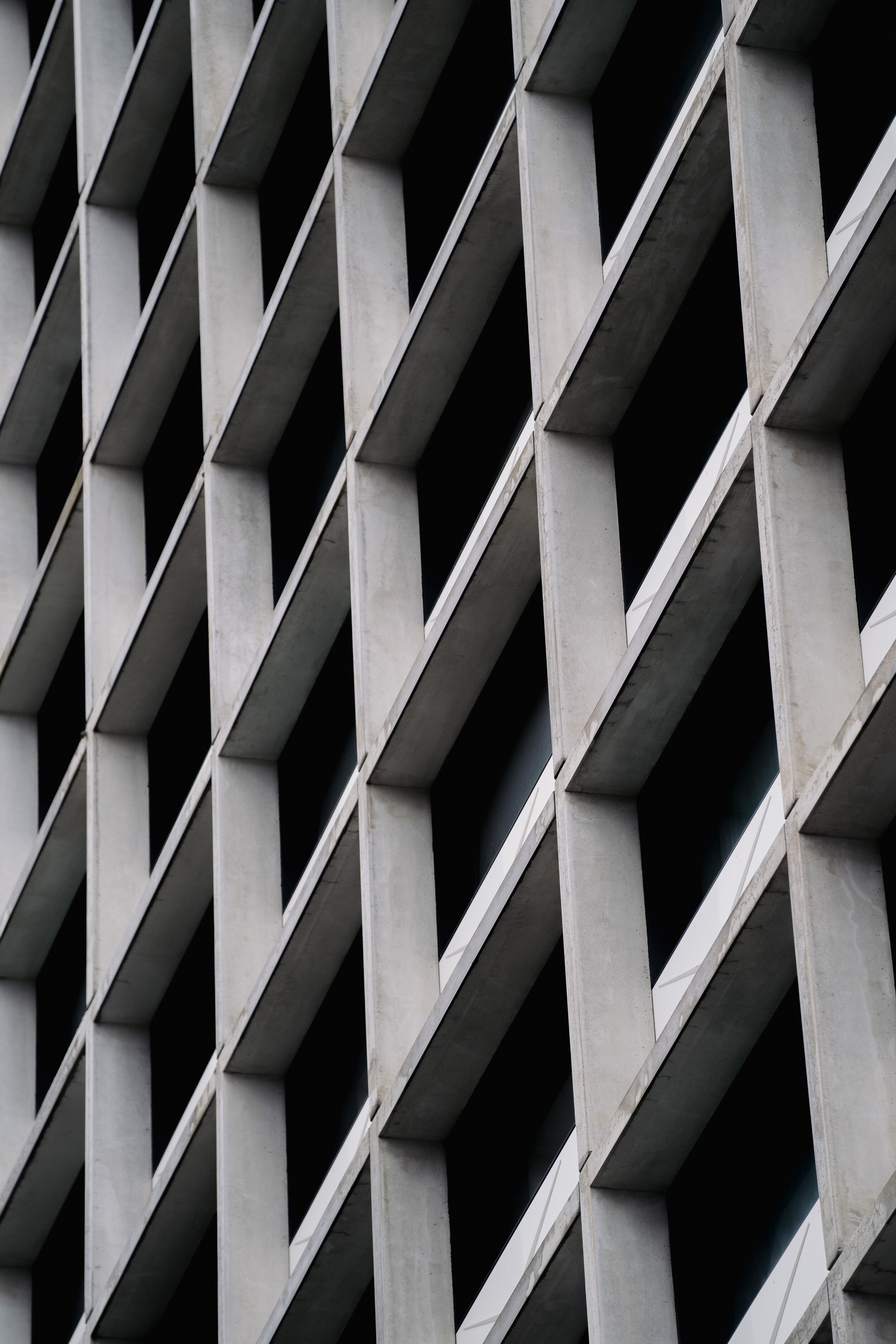
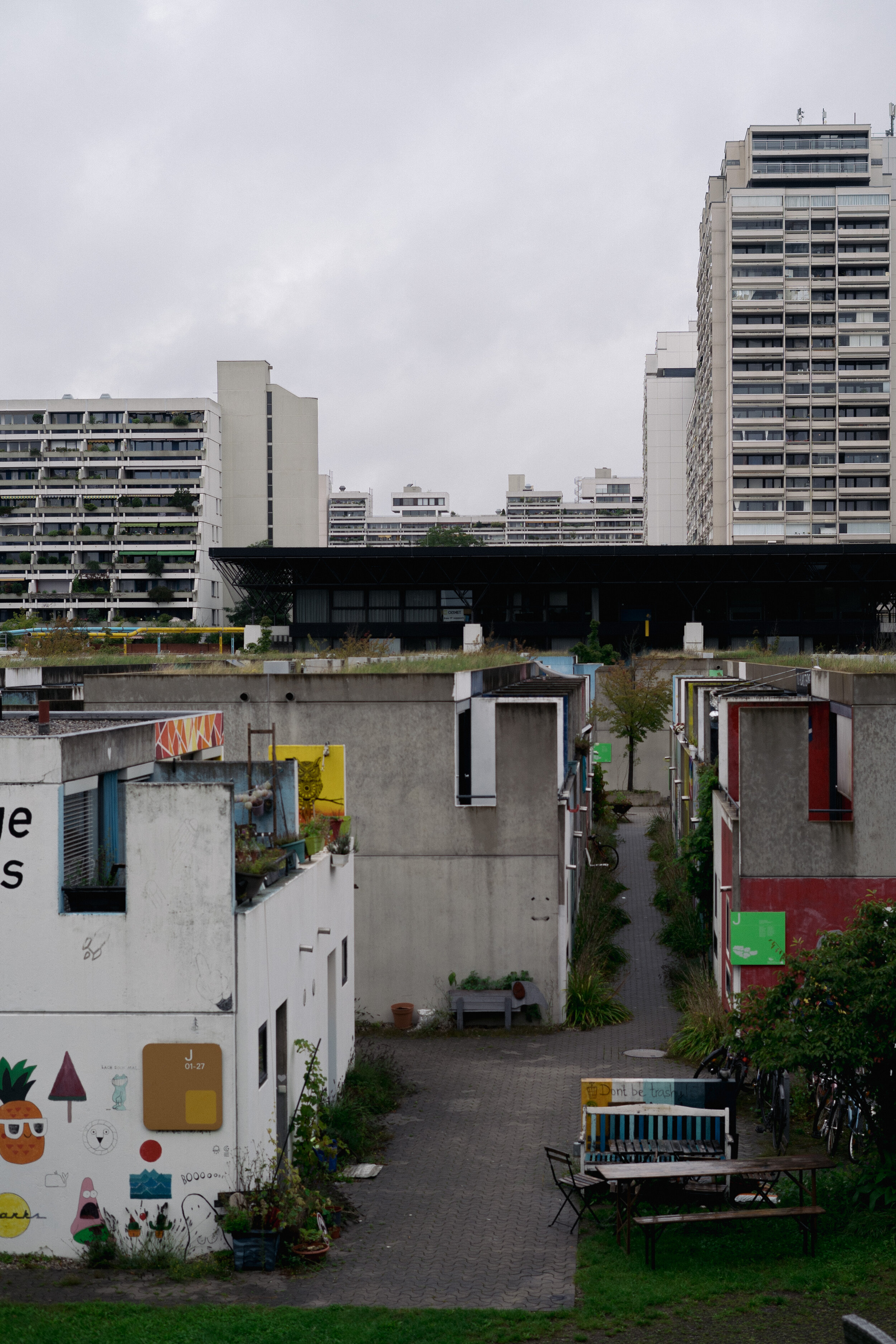
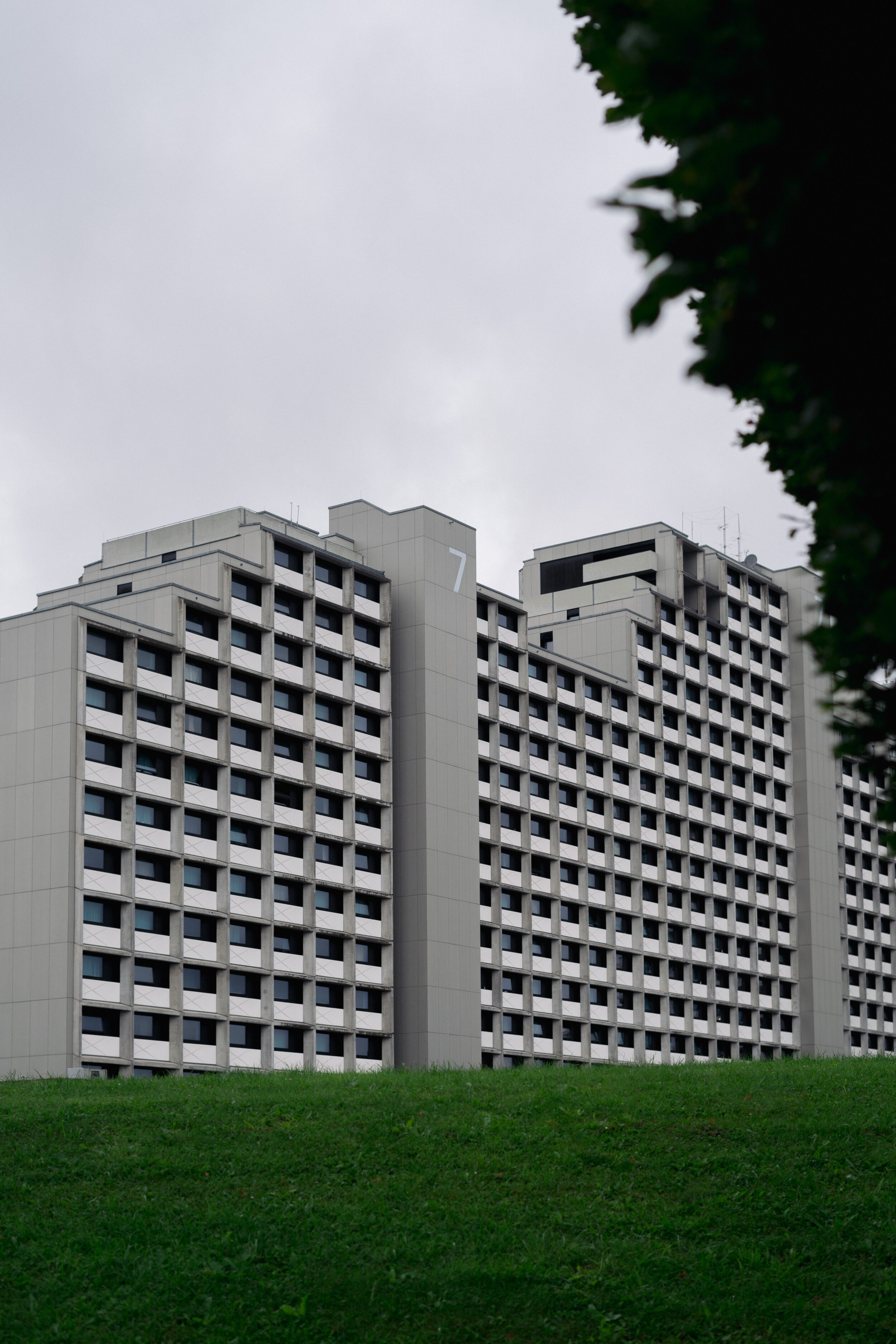
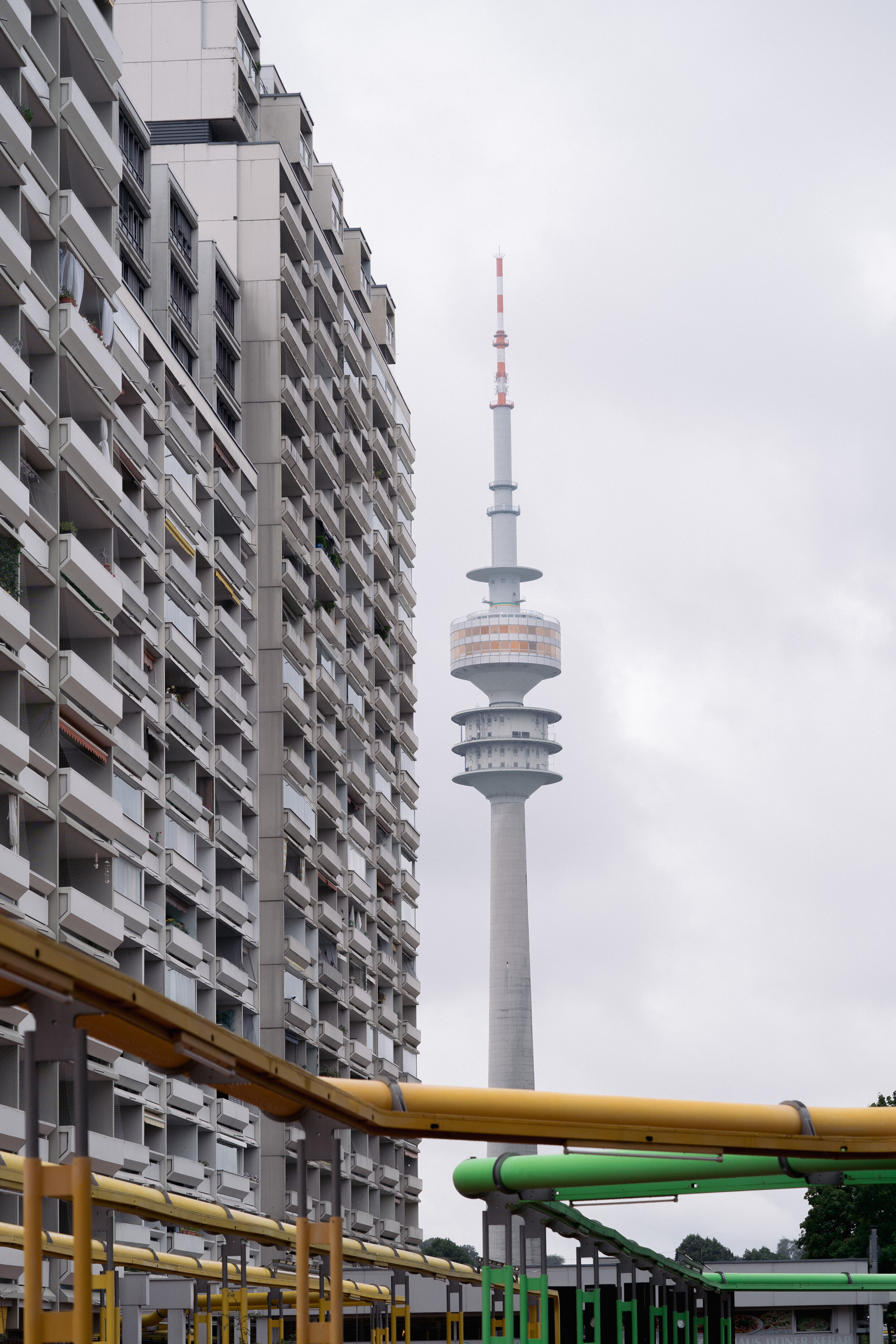
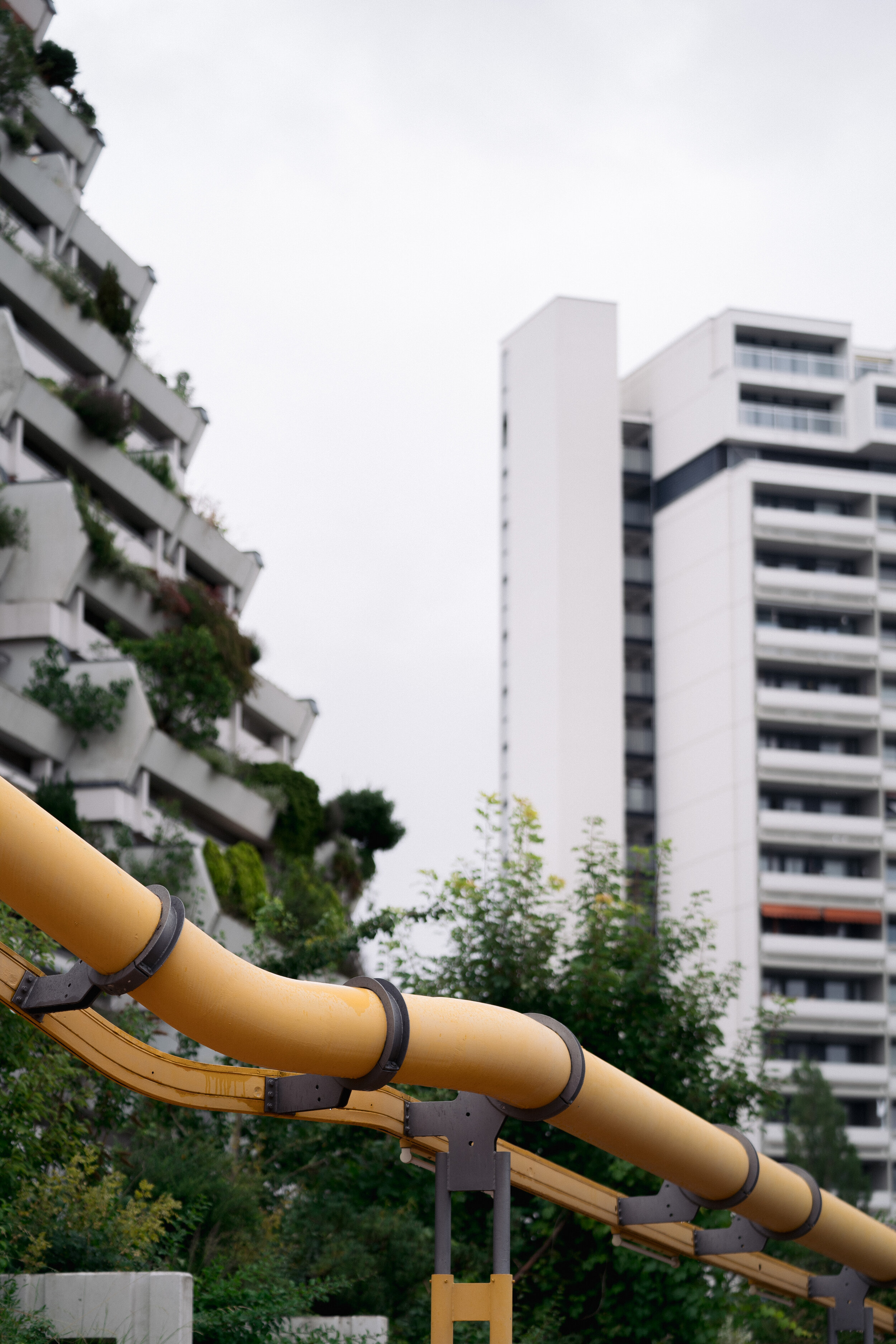

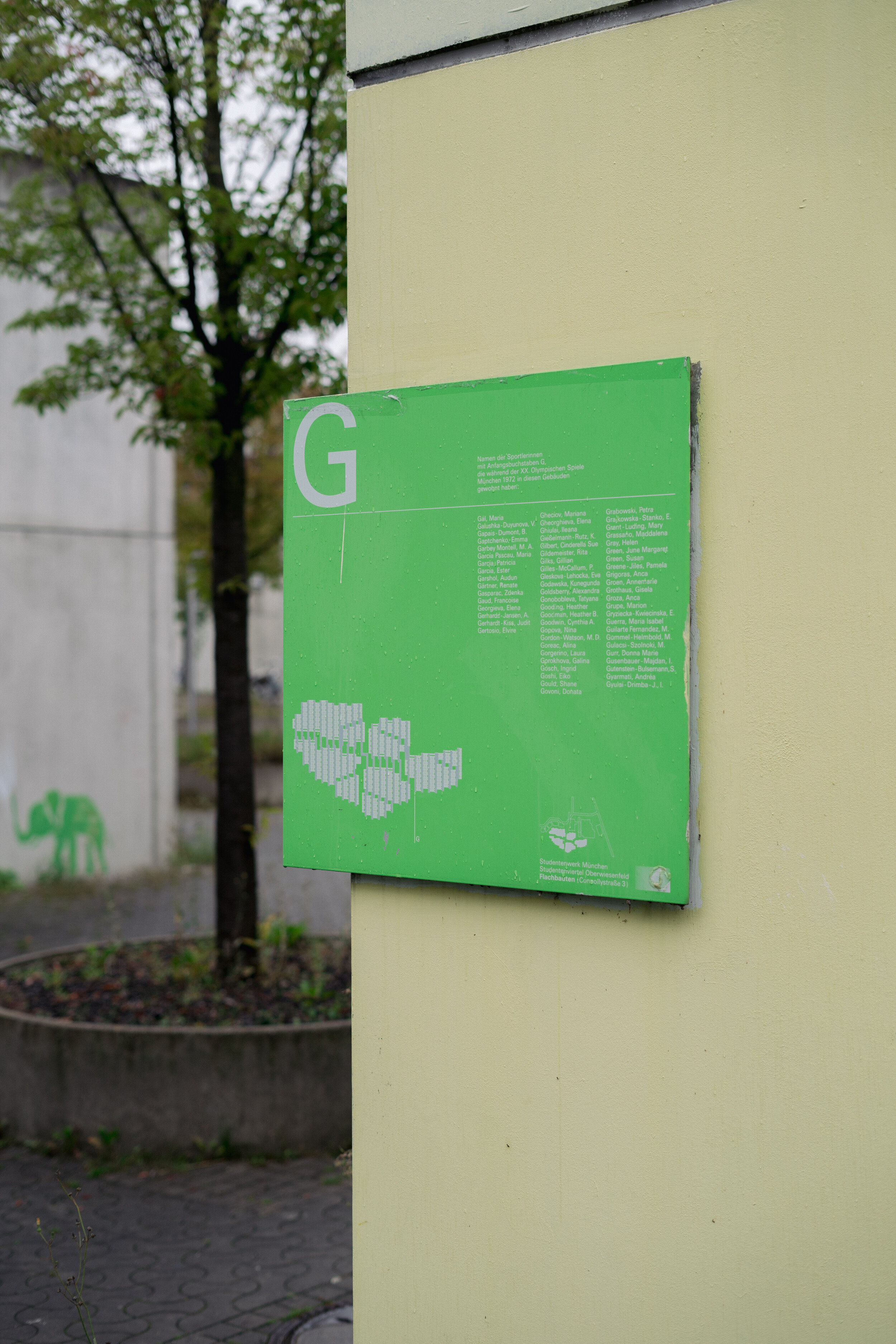
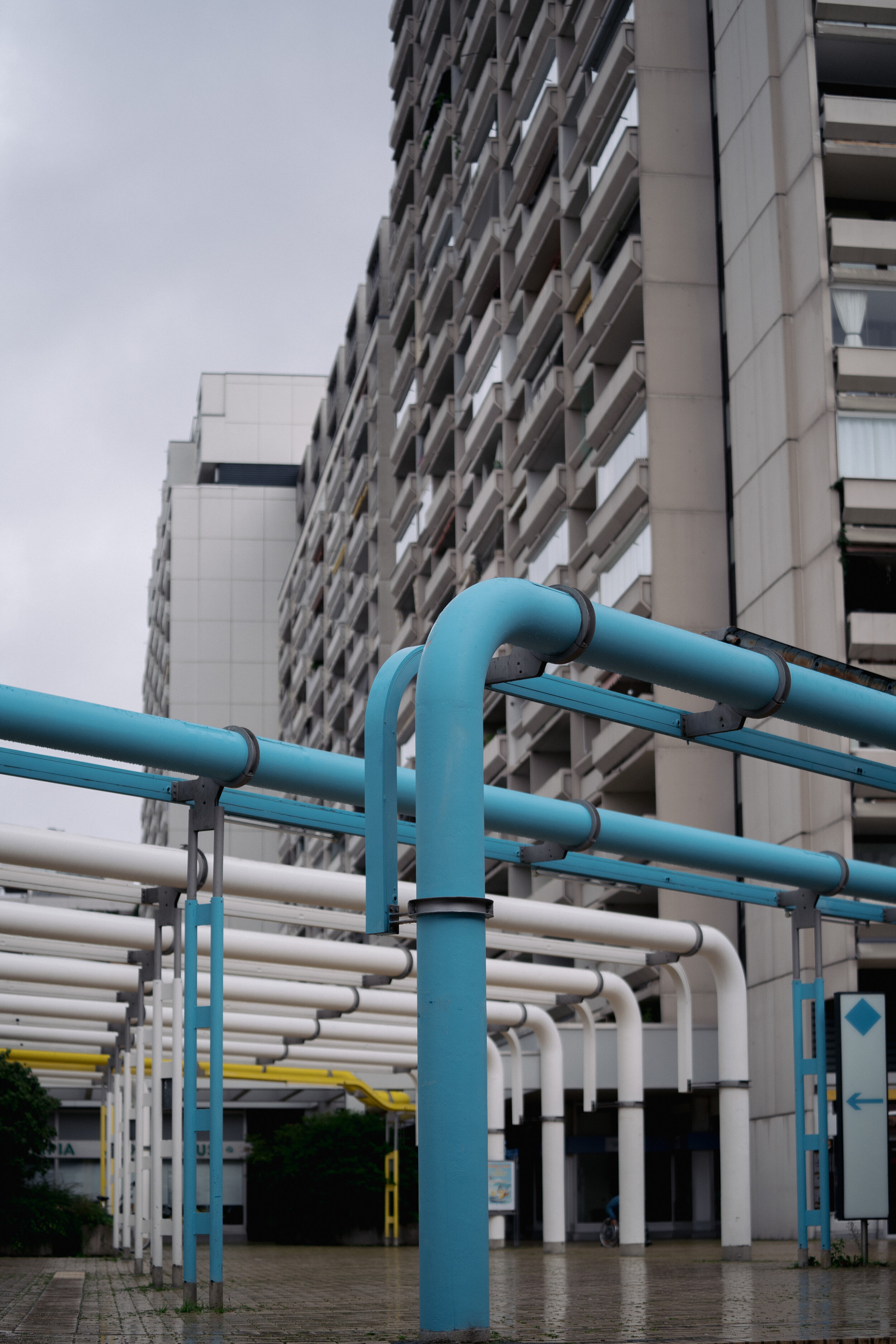












Car interior designer who created some of the most significant cabins of all time, most notably the Porsche 928’s